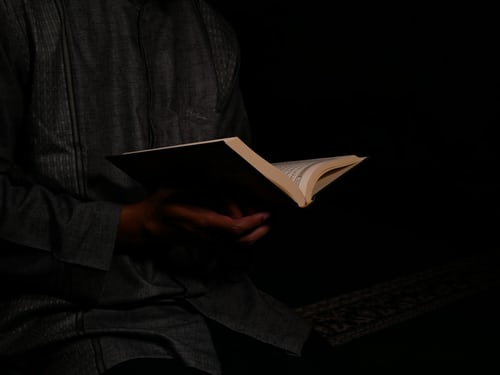Inspiring Older Readers
 posted on 21 Apr 2018
posted on 21 Apr 2018
Molly Keane: A Life by Sally Phipps
The story of Molly Keane is well known. Born in 1904, a member of the Anglo Irish landed gentry, she began writing when barely out of her teens as a means of supplementing her dressmaking money. She wrote under the pseudonym MJ Farrell, because in her class and culture ‘bright gels’ wouldn’t find husbands. The priorities of the Anglo Irish landed gentry – the big houses, the great estates – especially between the wars, were hunting, shooting, fishing, parties and pleasure. Acceptance required dash, a good saddle, bravery in the chase, and adherence to an arcane code of ‘good form’. One’s people may be crippled by debt and there may be skeletons in the cupboard – the occasional mad relative, scandalous affairs, illegitimate children – but treated with the correct aristocratic disdain for bourgeois convention, such minor peccadilloes counted for little. Life went on, and the purpose of life was pleasure. Indeed, for many, pleasure replaced work as the primary responsibility.
Her early novels earned Keane the reputation of ‘the Irish Nancy Mitford’. The plays she wrote in the 30s, 40 and 50s were wildly successful and earned her substantial sums – especially in the immediate post-second world war years, when bright, brittle drawing room comedies were just what people wanted to see in West End theatres, a confirmation that life was returning to normal.
But a disastrous play and the turning of the tide against this sort of theatre in the early-50s profoundly shook Keane’s confidence and she fell silent for almost three decades. But in 1981 her novel Good Behaviour was listed for the Booker prize and Keane was rediscovered. Yet again she had fallen on her feet. Powerfully championed by her editor at Andre Deutsch, Diana Athill (who herself has had a similar late flowering career as a memoirist), befriended by TV personalities of the period such as Russell Harty (they were devoted to each other and Harty gave Keane’s new career a huge boost when he interviewed her at length in a BBC programme about her life in 1983), and proving no slouch herself at a genteel kind of self-promotion, Keane’s biggest-selling novels were written as she slipped out of her 70s and into her 80s.
Now I’m aware that none of that sounds especially attractive, but the fact remains that Keane’s late novels – somewhat Evelyn Waugh-ish in tone – are dark, glittering comedies of manners, beautifully written and spiced with a good strong dose of malicious wit. They are hugely enjoyable.
This much I knew, or more accurately half-remembered from the 1980s when Keane was at her most fêted. But beyond this I knew almost nothing about her life and so I was very interested to see this recent book by her older daughter Sally Phipps.
Although billed as ‘a life’, I don’t think it’s quite accurate to regard it as a biography. It’s more a memoir of her mother, I think, and is all the better for this.
For the most part Phipps writes lightly and deftly, sketching in just as much background as we need. At one point she calls her mother a painterly writer (indeed, in an early review Compton Mackenzie said that Keane’s readers awaited her novels as people once used to await the next Corot painting), but Phipps herself is no less painterly, and there is something in the sensuous prose – and outlooks – of both daughter and mother that reminds me of Colette. The same deep appreciation of hard-won experience (even at its worst), the profound relish of life’s fleeting pleasures – a kind of sensuous wisdom.
If you don’t know or don’t like Molly Keane’s novels, or have no interest in the very particular culture of Anglo Irishry then there is a strong chance that this book won’t interest you. It isn’t – for all its lightness of touch – the kind of thing that a reader with no knowledge of Keane’s novels will very readily find their way into.
But if, like me, you read a handful of the novels twenty or even thirty years ago, and find they have grown misty in the memory, and you want to know more about Molly Keane, then you’ll enjoy this book. You may not always like what you find out, but what can be said, I think, is that Sally Phipps has achieved what a more conventional biographer probably wouldn’t have: she has brought us a living, breathing portrait of her mother – Molly Keane in life, rather than a life. And at its best it is a deeply moving experience.
Alun Severn
April 2018